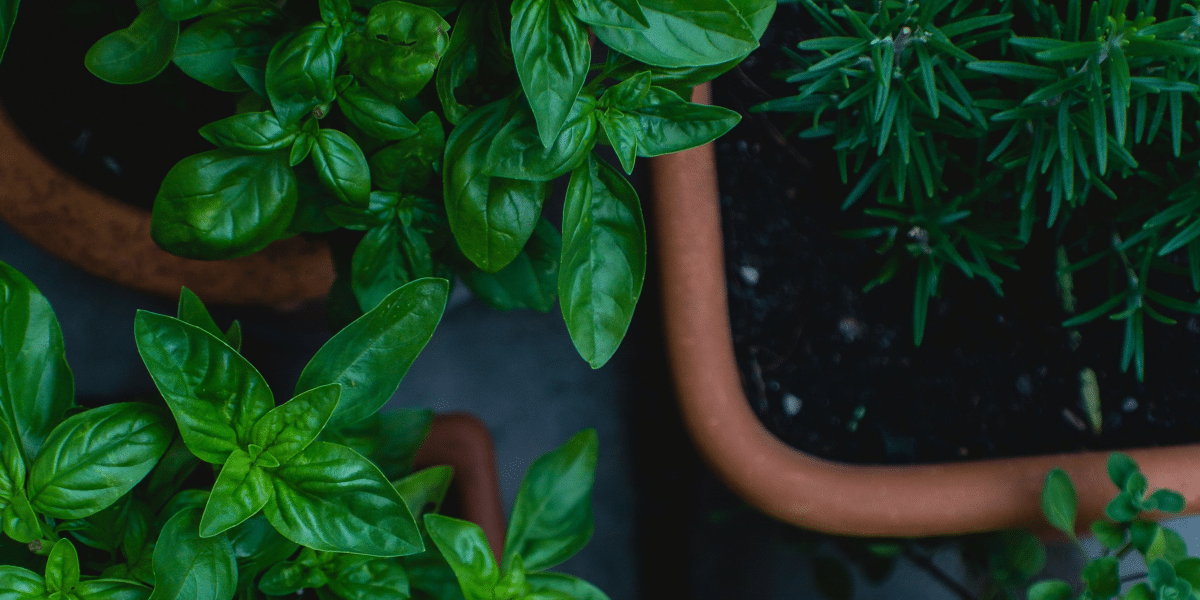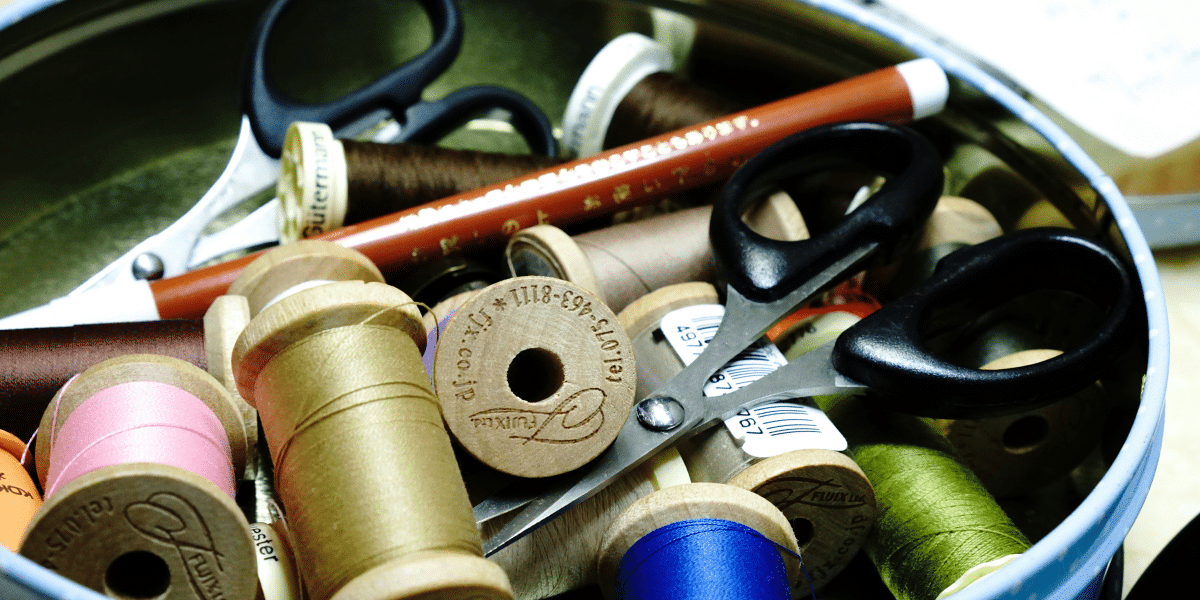The Joy and Benefits of Growing Produce at Home
In a world where sustainability and self-sufficiency are becoming increasingly important, growing produce at home offers a delightful solution. Not only does it provide fresh, organic vegetables and herbs at your fingertips, but it also offers numerous health and environmental benefits. For college-educated readers who are conscious about their diet and lifestyle, home gardening presents a perfect blend of practicality and pleasure.
The Thrill of Homegrown Vegetables
The experience of cultivating your own vegetables is incredibly rewarding. Imagine stepping into your backyard or onto your balcony to harvest a ripe tomato, crisp lettuce, or a handful of green beans. The flavor of homegrown vegetables often surpasses that of store-bought produce, which can travel hundreds of miles before reaching your plate. Additionally, you have control over the growing conditions, ensuring that no harmful pesticides or chemicals are used.
Growing vegetables at home also promotes a healthier diet. When you invest time and effort into your garden, you’re more likely to incorporate these fresh vegetables into your meals. This leads to increased consumption of essential nutrients and vitamins, directly impacting your overall health and wellbeing. Moreover, the act of gardening itself is a form of exercise, helping to reduce stress and improve mental health.
For those living in urban settings with limited space, container gardening offers a viable option. Many vegetables, such as cherry tomatoes, peppers, and leafy greens, thrive in pots and small garden beds. Vertical gardening techniques can also maximize space, allowing you to grow more produce in confined areas. This makes home gardening accessible to everyone, regardless of their living situation.
Crafting the Perfect Herb Garden
Herbs are a staple in culinary arts, adding depth and flavor to a variety of dishes. Growing herbs at home is not only convenient but also immensely satisfying. From basil and mint to rosemary and thyme, fresh herbs elevate the taste of your meals and offer a range of medicinal benefits.
Learning which herbs that can be planted together helps in creating a thriving herb garden with minimal effort and maximum yield. Companion planting is a technique where certain plants are grown close to each other for mutual benefit. For instance, basil and tomatoes make excellent companions; basil can enhance the growth of tomatoes while repelling pests. Similarly, parsley and chives grow well together, providing a steady supply of fresh seasoning.
Indoor herb gardens are particularly popular for those with limited outdoor space. A sunny windowsill is perfect for growing a variety of herbs. Additionally, indoor herb gardens can be maintained year-round, ensuring a constant supply of fresh ingredients. The aroma of fresh herbs in your home also creates a pleasant and inviting atmosphere, making your living space more enjoyable.
Environmental Impact and Sustainability
Growing produce at home significantly reduces your carbon footprint. By cultivating your own food, you minimize the need for transportation, packaging, and the associated energy consumption. This small act contributes to a larger effort of reducing greenhouse gas emissions and combating climate change. Furthermore, home gardening encourages the use of sustainable practices such as composting and water conservation.
Composting kitchen scraps and garden waste turns potential landfill into valuable nutrient-rich soil. This not only enriches your garden but also reduces waste. Rainwater harvesting is another sustainable practice, allowing you to use collected rainwater for irrigation. These methods promote a closed-loop system, where resources are reused and recycled, fostering an eco-friendly lifestyle.
Additionally, home gardens support biodiversity. By planting a variety of vegetables, herbs, and flowers, you create a habitat for pollinators such as bees and butterflies. These pollinators are crucial for the health of our ecosystems, and by providing them with a haven, you’re contributing to their conservation.
Growing produce at home is a rewarding and beneficial endeavor. It offers fresh, flavorful food, promotes a healthier lifestyle, and supports environmental sustainability. Whether you have a sprawling backyard or a small apartment, the joy of harvesting your own produce is unparalleled, making it a worthwhile pursuit for anyone looking to enhance their diet and contribute positively to the planet.
Published by: Khy Talara


